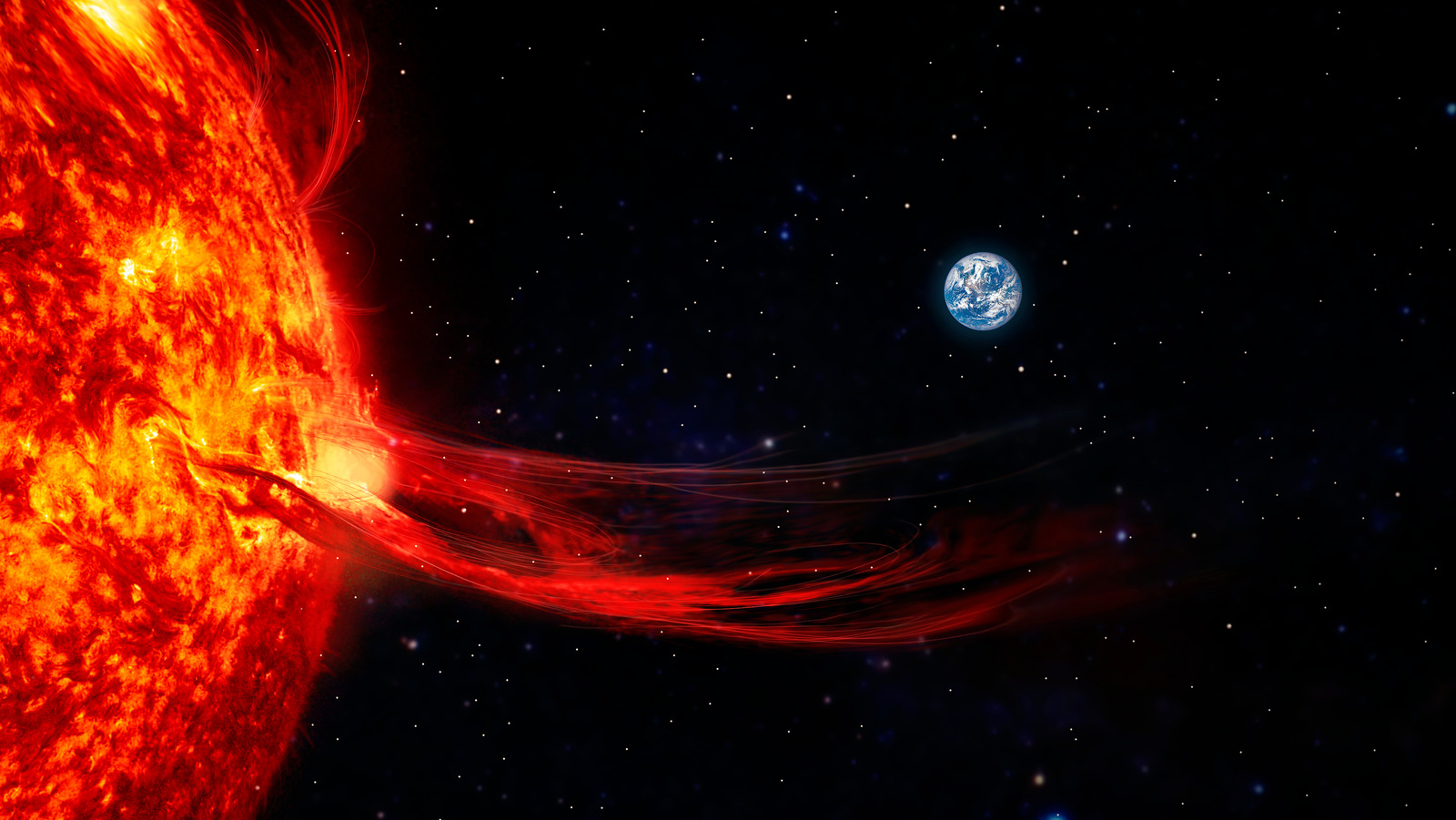Exoplanets are planets that orbit stars other than our Sun. The discovery of exoplanets has revolutionized our understanding of the universe and the potential for life beyond Earth.
Methods of Exoplanet Detection
There are several methods used to detect exoplanets:
- Radial Velocity: This method measures the slight wobble of a star caused by the gravitational pull of an orbiting planet.
- Transit: This method detects the dimming of a star’s light as a planet passes in front of it.
- Direct Imaging: This method involves taking images of exoplanets directly, which is challenging due to their faintness compared to their host stars.
- Microlensing: This method uses the gravitational lensing effect of a star to detect the presence of an exoplanet.
Types of Exoplanets
Exoplanets come in a wide variety of sizes, compositions, and orbital characteristics. Some of the main types include:
- Hot Jupiters: Gas giants that orbit their stars very closely.
- Super-Earths: Planets that are larger than Earth but smaller than Neptune.
- Mini-Neptunes: Planets that are slightly smaller than Neptune.
- Rocky Planets: Planets with solid surfaces, similar to Earth.
The Search for Habitable Exoplanets
One of the most exciting areas of exoplanet research is the search for habitable planets. Scientists are looking for planets that are similar in size and composition to Earth, with liquid water on their surfaces and the potential to support life.
The discovery of exoplanets has opened up new possibilities for understanding the formation and evolution of planetary systems. As technology continues to advance, we can expect to discover even more exoplanets and potentially find evidence of extraterrestrial life.



